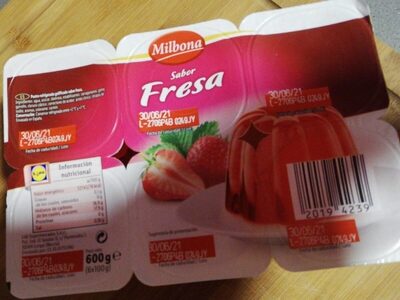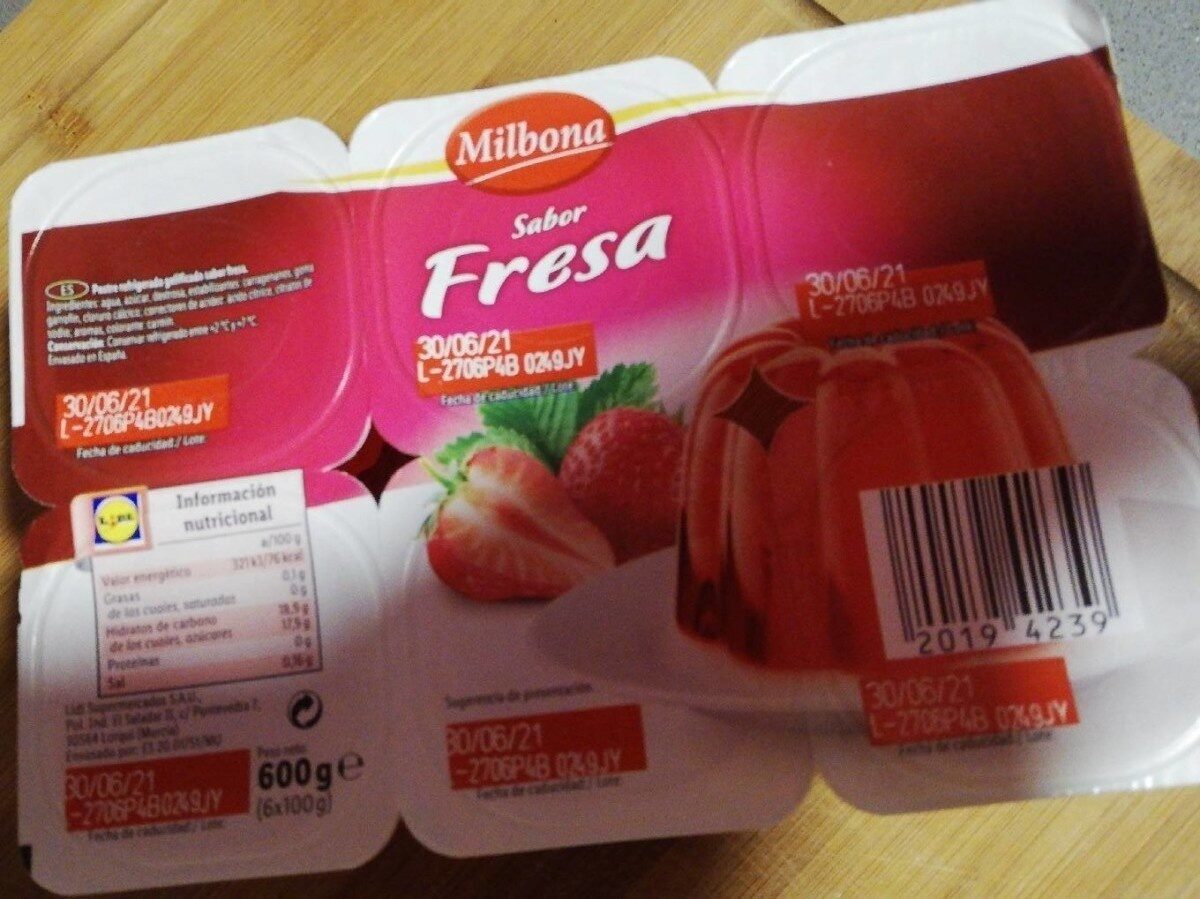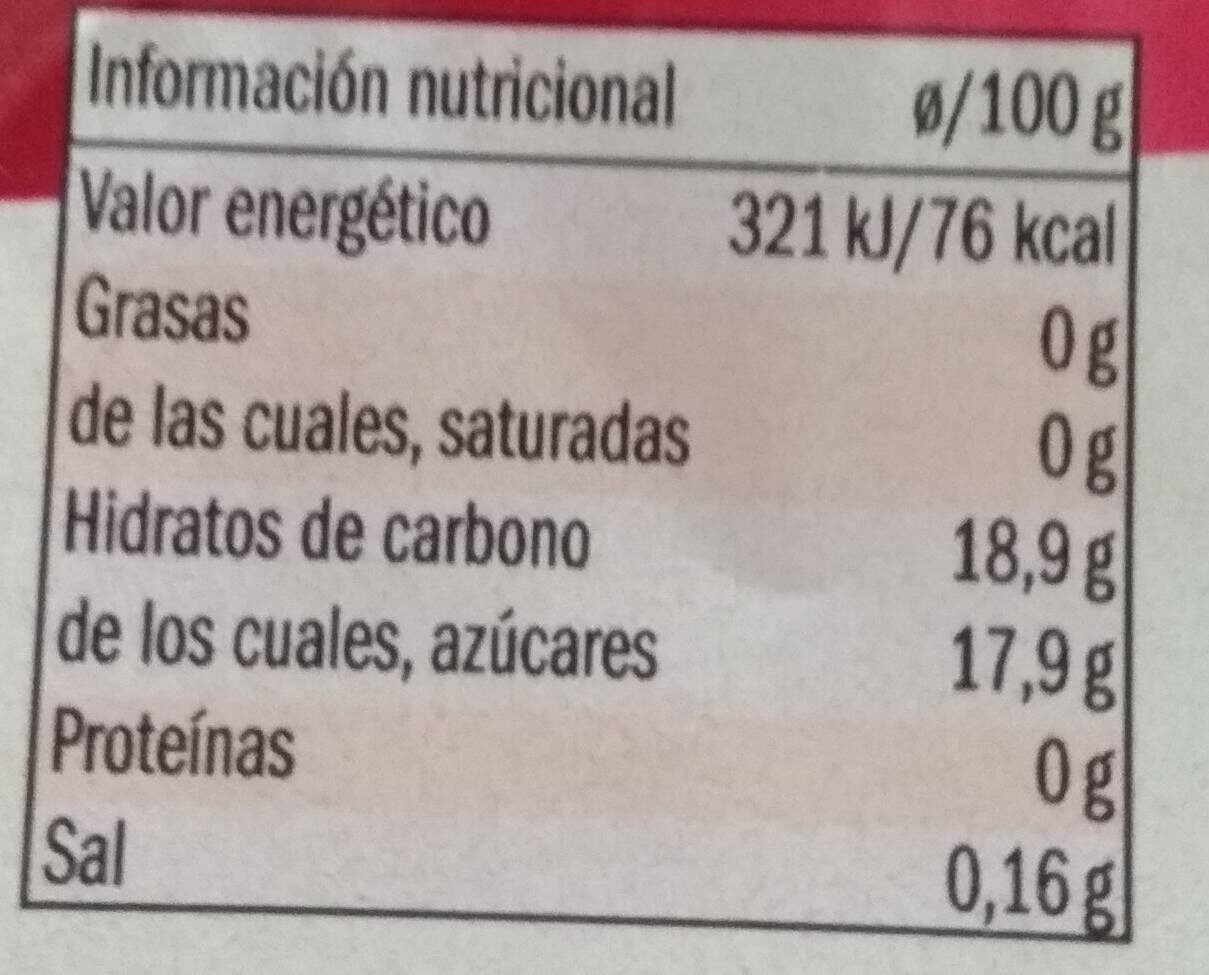Gelatina - Milbona - 6 x 100 g LLEVA INSECTOS
Ambiguous barcode: This product has a Restricted Circulation Number barcode for products within a company. This means that different producers and stores can use the same barcode for different products.
×
This product page is not complete. You can help to complete it by editing it and adding more data from the photos we have, or by taking more photos using the app for Android or iPhone/iPad. Thank you!
×
Barra-kodea: 20194239
Kopurua: 6 x 100 g LLEVA INSECTOS
Markak: Milbona
Kategoriak: en:Desserts, Elikagai-gehigarri, en:Jelly desserts, en:Thickeners, en:Gelatin
Dendak: Lidl
Saltzen diren herrialdeak: Espainia
Matching with your preferences
Ingurumena
Carbon footprint
Ontziratzea
Transportation
Report a problem
Datuen iturria
Product added on by elcoco
Last edit of product page on by thaialagata.
Produktuaren orria -gatik editatua autorotate-bot, balance2014, elcoco.c4bc0b8a6bf233881c013c15c3482dde, inf, kiliweb, moon-rabbit, roboto-app, yuka.U0lRT1FMaFFxTjRFdDg4U3dRcm4vdFpSMXBHUFRIS1lKY2tVSWc9PQ, yuka.sY2b0xO6T85zoF3NwEKvlh1eQfT1rx3gaTHitBWA5vvfDcPwRf9zw5iiCqs, yuka.sY2b0xO6T85zoF3NwEKvlhZ5TOvGjjmcNRHisHLRyYiyFJ7raIx1yYH3LKs, yuka.sY2b0xO6T85zoF3NwEKvlkdocoHOogrrFSfhv2iSwNa3KqfzRNJd4InfDKs, yuka.sY2b0xO6T85zoF3NwEKvllRGdOv4vBOfCzvRl3S7yvWrAJ3PSN8u8oncHKs, yuka.sY2b0xO6T85zoF3NwEKvllRhD9T3_juZFSXSkh23wMenCaTRaN9c-KmnbKs.








